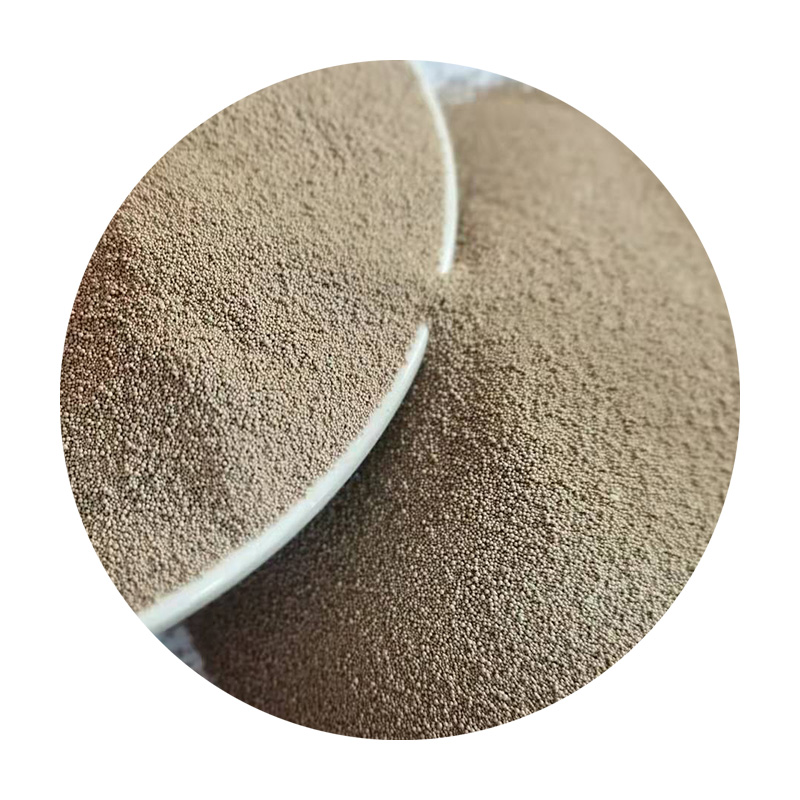Sand for Resin A Comprehensive Guide
In the realm of art and manufacturing, resin has emerged as one of the most versatile materials. Used for everything from jewelry making to industrial applications, resin’s adaptability is further enhanced by the use of aggregates, such as sand. This article delves into the significance of sand for resin applications, exploring the types of sand most commonly used, their benefits, and practical applications.
Understanding Resin
Resin is an organic compound that is typically a viscous liquid. Once cured, it forms a hard, durable substance that can mimic the appearance of glass or stone. Its transparent quality, combined with the ability to incorporate various additives, makes resin a favorite for craftspeople and manufacturers alike. However, the properties of the final product can be significantly altered by the inclusion of additional materials, such as sand.
Types of Sand Suitable for Resin
When it comes to mixing sand with resin, not all sand is created equal. The type of sand used can affect the texture, weight, and overall appearance of the final product. Here are the most commonly used types
1. Silica Sand Known for its fine grain and high purity, silica sand is often used in resin applications. It offers a smooth finish and is ideal for creating a clear or translucent effect when mixed with clear resin. 2. Colored Sand Available in various hues, colored sand can add visual interest to resin crafts. By mixing colored sand with resin, artists can create striking designs, allowing for creative expression and unique results.
3. Beach Sand This type has a more varied texture and may contain shells or other minerals. While it can lend an authentic coastal aesthetic to projects, it is essential to clean and dry beach sand before use to avoid unwanted contaminants.
4. Mason Sand This fine, clean sand is often used in construction but can also be effective in resin applications where a finer texture is desired.
Benefits of Adding Sand to Resin
Incorporating sand into resin mixtures can enhance both the aesthetic and functional attributes of the final product. Some benefits include
sand for resin

- Texture Variation Sand can add a unique texture to resin pieces, making them more visually appealing. This is particularly valuable in art pieces or decorative items where a tactile dimension is desired.
- Weight Adjustment Depending on the desired outcome, adding sand can increase the weight of resin items, providing a more substantial feel. This is often sought after in items such as tabletops or other functional pieces.
- Cost-Effectiveness Sand is a relatively inexpensive material compared to other aggregates and fillers. Using sand can help reduce the overall cost of resin projects without compromising quality.
- Improved Durability Certain types of sand can enhance the structural integrity of resin, making it less prone to cracking or damage over time. This is particularly useful for outdoor applications where exposure to the elements is a concern.
Practical Applications
The combination of sand and resin can be found in a multitude of applications
- Artistic Creations Artists often use sand in resin to create unique sculptures, coasters, and wall decorations, taking advantage of the visual effects that sand can create when suspended in resin.
- Furniture Production Many craft furniture makers are integrating sand into resin for tabletops and countertops, providing not just beauty but also resilience against wear and tear.
- Marine and Nautical Projects Given the natural association of sand with the beach, many projects designed for coastal homes incorporate sand and resin to create a beachy theme in items like lamps, wall art, and more.
In conclusion, the combination of sand and resin offers an exciting avenue for creativity and innovation. With various types of sand available, each providing unique benefits, artists and manufacturers can create stunning, functional, and durable pieces that are limited only by their imagination. As this trend continues to grow, it’s clear that sand for resin is more than just a practical choice; it's a pathway to limitless artistic expression.
Post time:დეკ . 14, 2024 00:29
Next:3d printing patterns for sand casting
